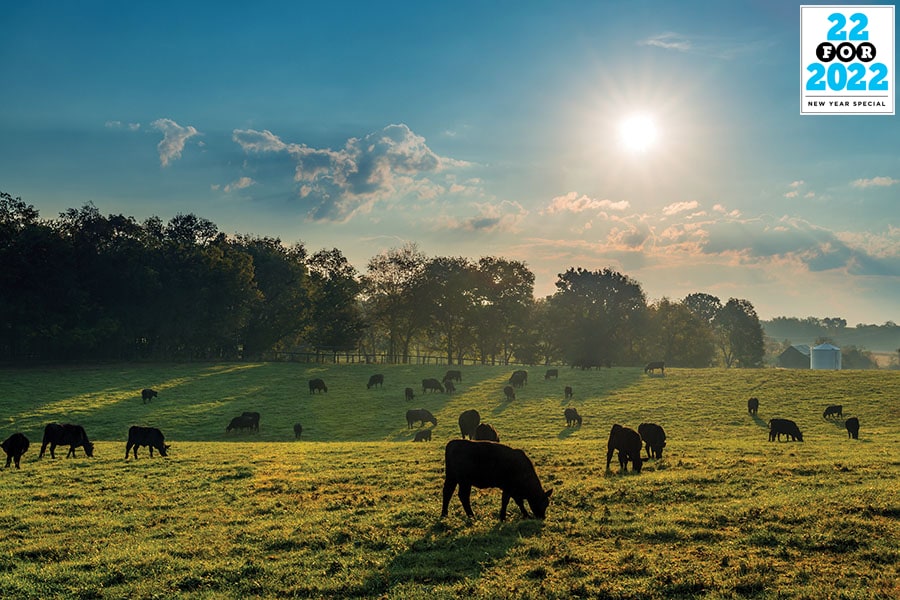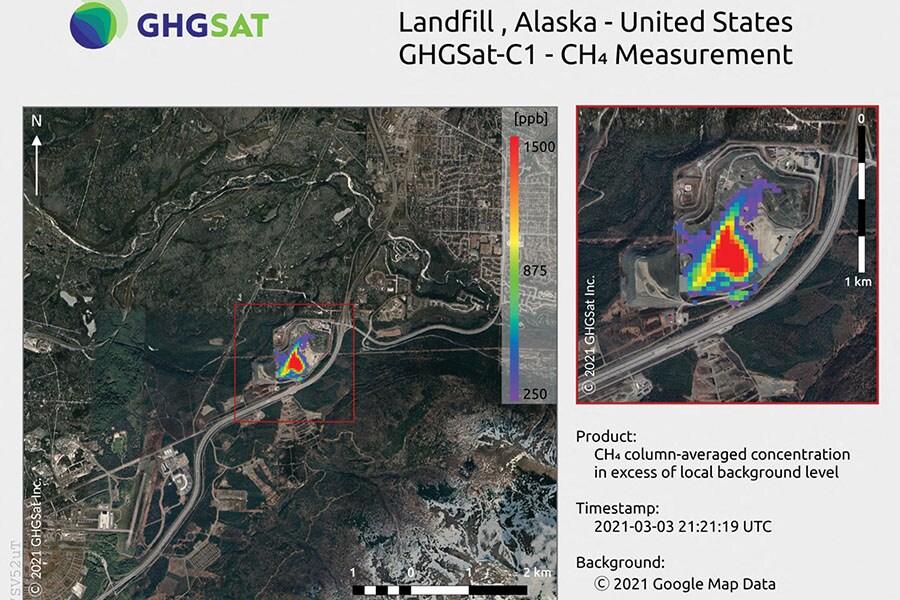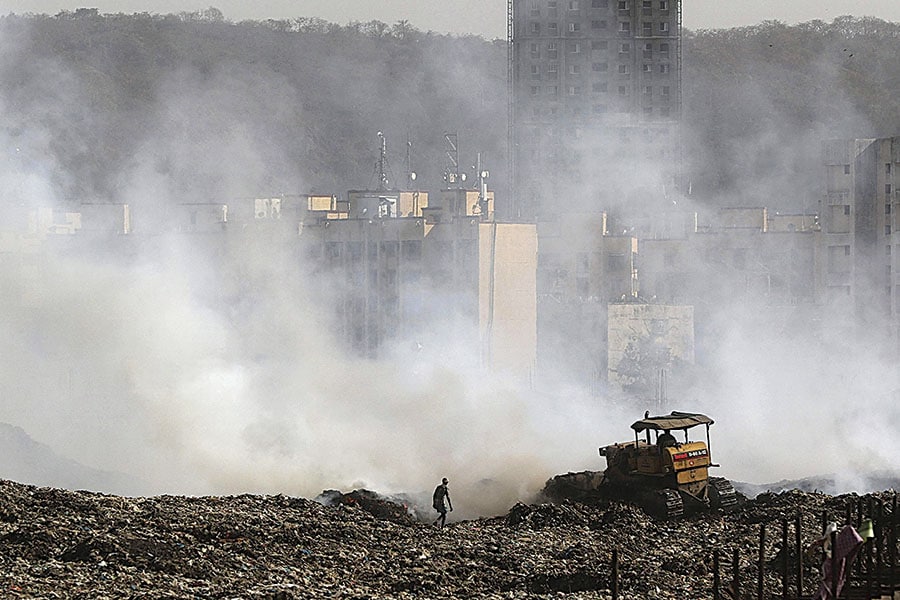
In the climate change era, every bit of warming matters: Sumaira Abdulali
Controlling methane is a crucial way to limit climate change, but India, the fifth largest emitter in the world, has made no global commitments or accelerated domestic plans to control emissions, the convenor of Awaaz Foundation writes
 Agriculture is the highest source of methane emissions, and is led by emissions from livestock, the dairy and beef industries, says data available with the US
Agriculture is the highest source of methane emissions, and is led by emissions from livestock, the dairy and beef industries, says data available with the US
Image: Shutterstock
 In September 2020, Satellite Iris launched by GHGSat, Canada, observed her first methane plume over Turkmenistan in Central Asia. There was jubilation. A rainbow display of brilliant colours on-screen demonstrated human ingenuity: Iris could identify individual sources of methane even down to individual oil and gas facilities. Methane emissions, which accelerate climate change, could be observed at a resolution of just 25 metres.
In September 2020, Satellite Iris launched by GHGSat, Canada, observed her first methane plume over Turkmenistan in Central Asia. There was jubilation. A rainbow display of brilliant colours on-screen demonstrated human ingenuity: Iris could identify individual sources of methane even down to individual oil and gas facilities. Methane emissions, which accelerate climate change, could be observed at a resolution of just 25 metres.
Iris is not alone up there. Pascal Peduzzi, director, United Nations Environment Programme / Global Resource Information Database-Geneva (UNEP/ GRID-Geneva) shares on email: “We are also in a project for using [Satellite] Sentinel 5 for data on certain gas including methane.”
In the 1700s, when Benjamin Franklin observed methane in the US, he described “inflammable air”. Lighter than air, it must have floated, flickered eerily blue in darkness. When the otherwise colourless and odourless gas was alight, it must have appeared other-worldly.
Today, satellites have discovered previously unknown methane leaks from a landfill in Bangladesh; under melting permafrost in Russia; coal mines in the US; a natural-gas field in Canada. However, the single largest methane emitters by far are cattle. Cows eat fibrous food like hay and emit methane.
(This story appears in the 30 November, -0001 issue of Forbes India. To visit our Archives, click here.)




 Satellite Iris tracks methane, or “inflammable air”, the greenhouse gas which is the second largest contributor to the earth’s climate emergency
Satellite Iris tracks methane, or “inflammable air”, the greenhouse gas which is the second largest contributor to the earth’s climate emergency Indian solid wastes have comparatively little biodegradable wet waste quantities. Biogas harvesting systems in garbage piles have only yielded miniscule amounts
Indian solid wastes have comparatively little biodegradable wet waste quantities. Biogas harvesting systems in garbage piles have only yielded miniscule amounts



